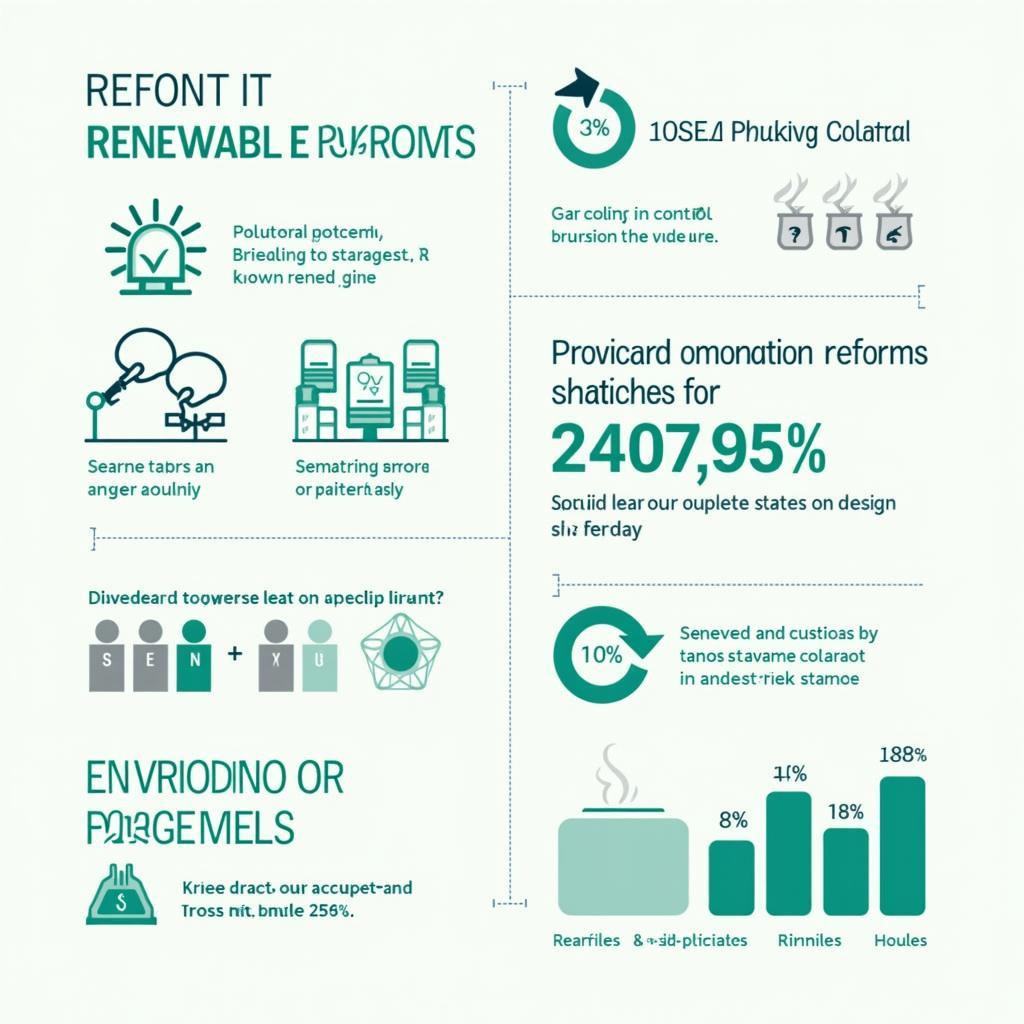The topic of flexible learning environments has become increasingly prominent in IELTS Writing Task 2, particularly since the global shift towards remote and hybrid education models. Analysis of past IELTS exams shows this theme appearing in various forms, from discussing online learning platforms to debating the merits of traditional versus flexible classroom settings. As the benefits and drawbacks of long-distance learning continue to evolve, understanding how to approach this topic is crucial for IELTS candidates.
Nội dung bài viết
Task Analysis and Sample Question
Some people believe that flexible learning environments, such as online classes and self-paced study programs, are more effective than traditional classroom settings. To what extent do you agree or disagree with this statement?
This question requires candidates to evaluate the effectiveness of flexible learning environments compared to conventional classroom education. Let’s examine sample responses across different band scores.
Band 9 Sample Essay
The debate between flexible learning environments and traditional classroom settings has intensified in recent years, particularly as how remote learning is changing student-teacher relationships. While both approaches have their merits, I largely agree that flexible learning environments offer superior educational outcomes when properly implemented.
Flexible learning environments provide several distinct advantages. Firstly, they allow students to progress at their optimal pace, preventing both frustration among slower learners and boredom among advanced students. Additionally, these environments typically incorporate diverse technological tools and resources, enabling learners to access information through multiple channels and engage with content in ways that best suit their learning styles.
Moreover, flexible learning settings foster crucial life skills. Students develop stronger self-discipline and time management abilities when given greater autonomy over their learning journey. This preparation proves invaluable for higher education and professional life, where self-directed learning becomes increasingly important. Should remote learning be a permanent option in education systems, these benefits become even more relevant.
However, it’s essential to acknowledge that successful flexible learning requires proper support structures. Educational institutions must ensure adequate technological infrastructure, clear guidance, and readily available assistance when students encounter difficulties. Without these elements, the potential benefits may not be fully realized.
In conclusion, while traditional classroom settings remain valuable, flexible learning environments offer superior opportunities for personalized education and skill development when properly supported. The key lies in thoughtful implementation that maintains high educational standards while maximizing the benefits of flexibility.
Band 7 Sample Essay
I believe that flexible learning environments have both advantages and disadvantages compared to traditional classrooms. While they offer significant benefits, their effectiveness depends largely on individual circumstances and implementation.
Flexible learning environments provide important benefits. They allow students to study at convenient times and locations, which is particularly helpful for those with work or family commitments. Additionally, online resources and self-paced programs can help students review materials repeatedly until they understand them fully.
However, these environments also present challenges. Some students may struggle with self-motivation and time management without direct supervision. Furthermore, certain subjects require hands-on practice or immediate feedback, which can be difficult to achieve in flexible settings.
The effectiveness of flexible learning also depends on technological access and support. While many students benefit from online resources, others may face difficulties due to poor internet connectivity or lack of proper devices. This could create educational inequalities.
In conclusion, while flexible learning environments offer valuable benefits, they should complement rather than completely replace traditional classroom settings. A balanced approach combining both methods might be most effective for many students.
Key Vocabulary
- autonomous (adj.) /ɔːˈtɒnəməs/ – independent or self-governing
- infrastructure (n.) /ˈɪnfrəstrʌktʃə/ – basic physical and organizational structures
- pedagogical (adj.) /ˌpedəˈɡɒdʒɪkl/ – relating to teaching methods
- self-directed (adj.) /ˌselfdaself dəˈrektɪd/ – learning done by oneself
- implementation (n.) /ˌɪmplɪmenˈteɪʃn/ – the process of putting a plan into action
Key Analysis Points
For Band 9 essay:
- Clear position with nuanced discussion
- Sophisticated vocabulary and complex structures
- Well-developed arguments with specific examples
- Excellent coherence and cohesion
For Band 7 essay:
- Clear but simpler argument structure
- Good vocabulary with some advanced terms
- Adequate development of ideas
- Good paragraph organization
 Student actively participating in online learning session
Student actively participating in online learning session
For future practice, consider these related topics:
- The role of technology in modern education
- Balancing structure and flexibility in learning
- The impact of flexible learning on student motivation
Feel free to practice writing your own essay on this topic and share it in the comments section for feedback and discussion.


